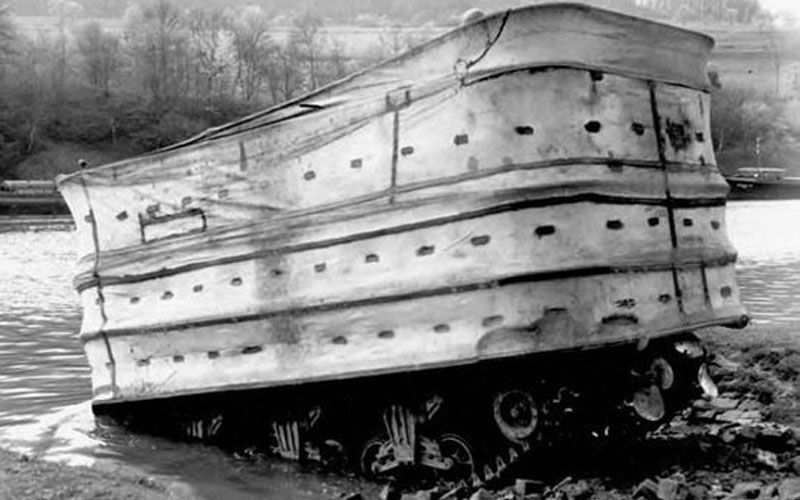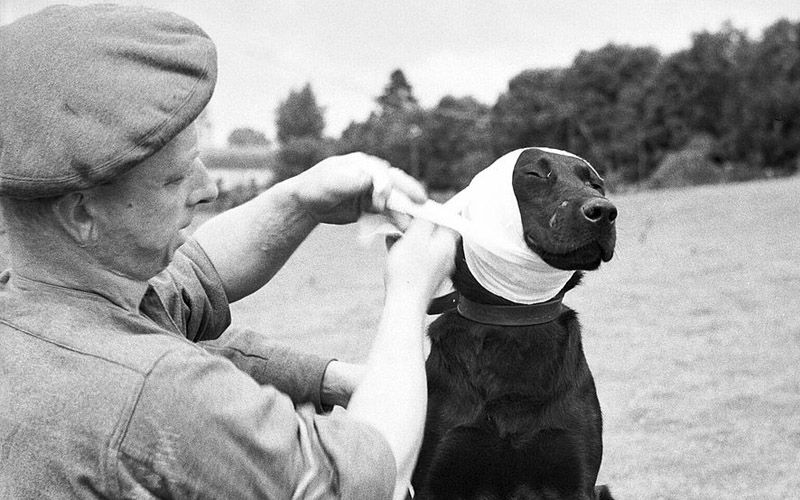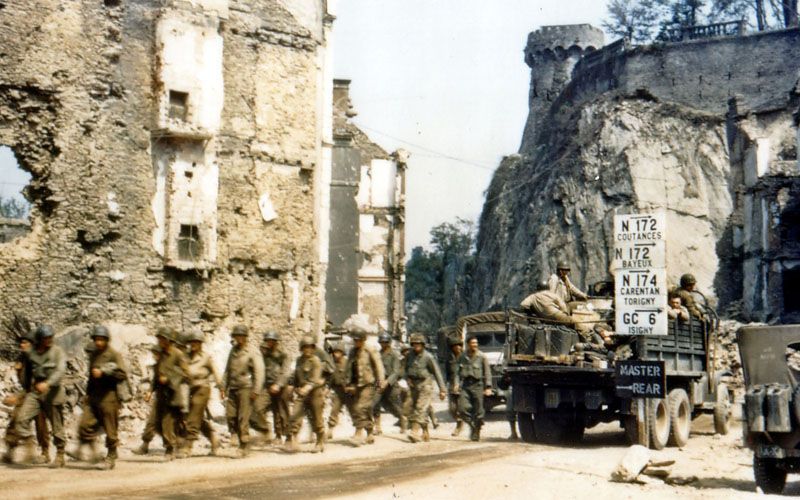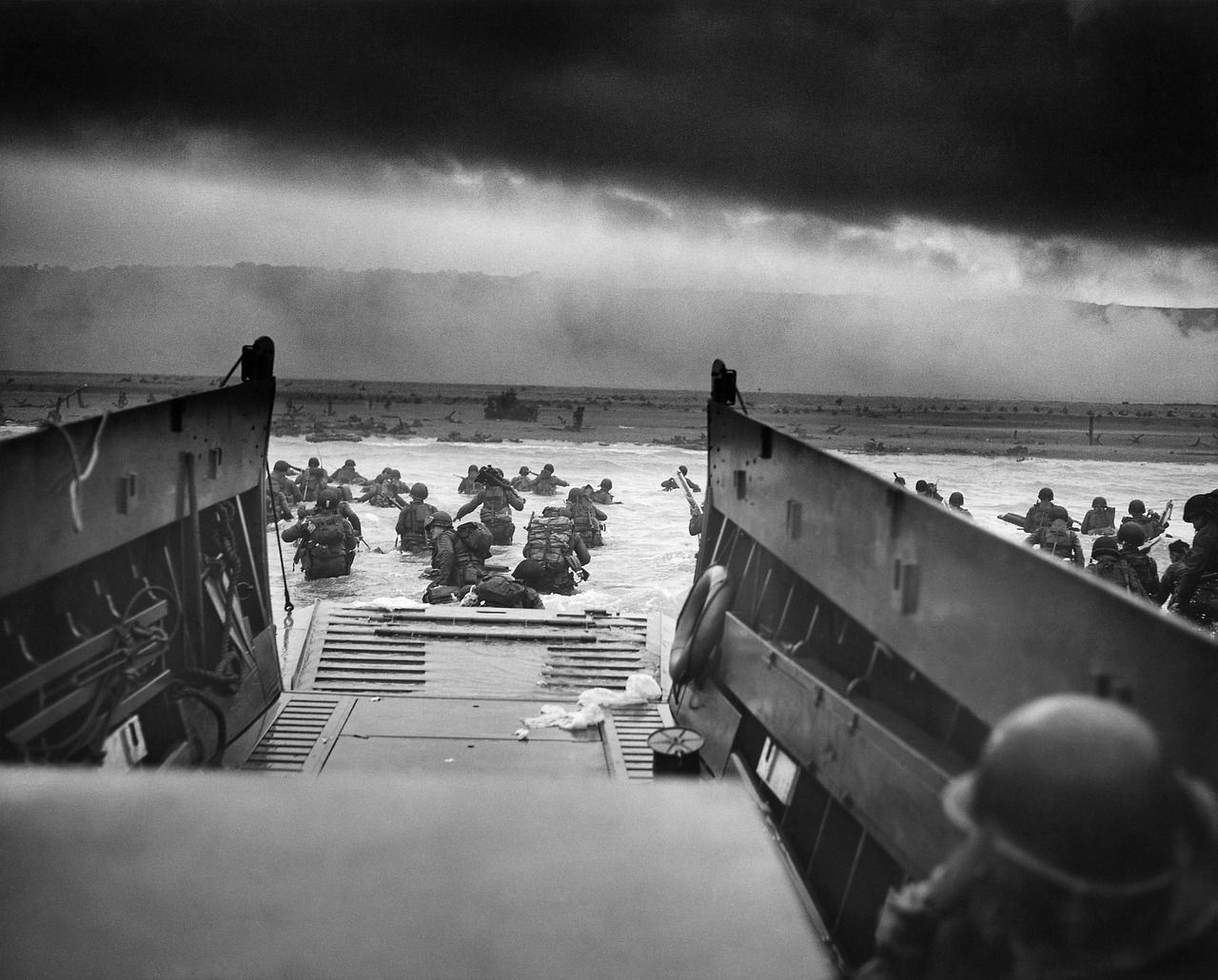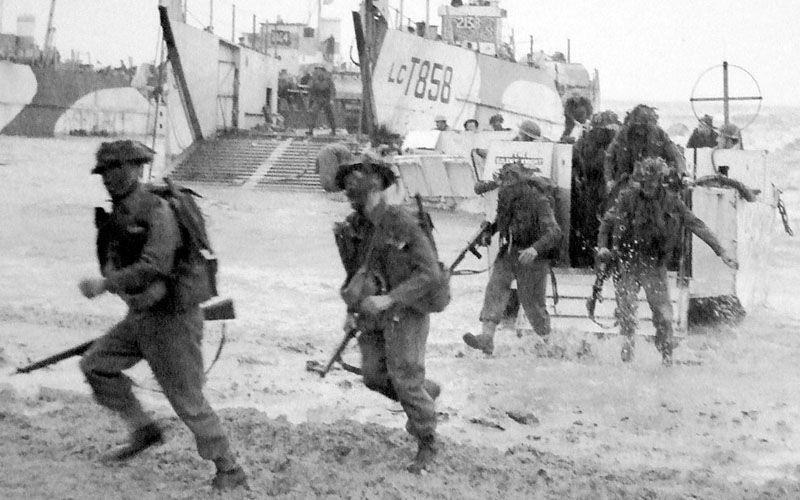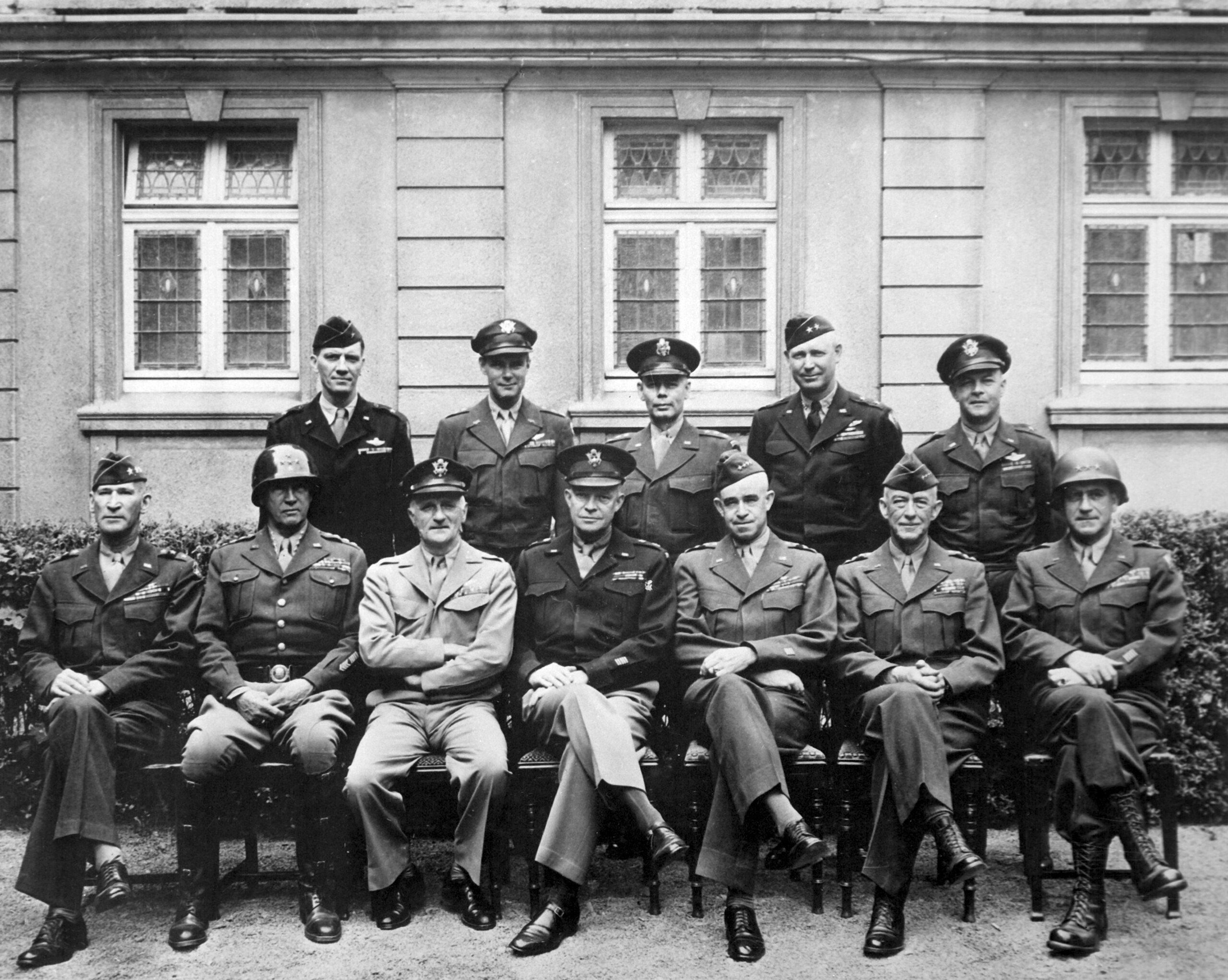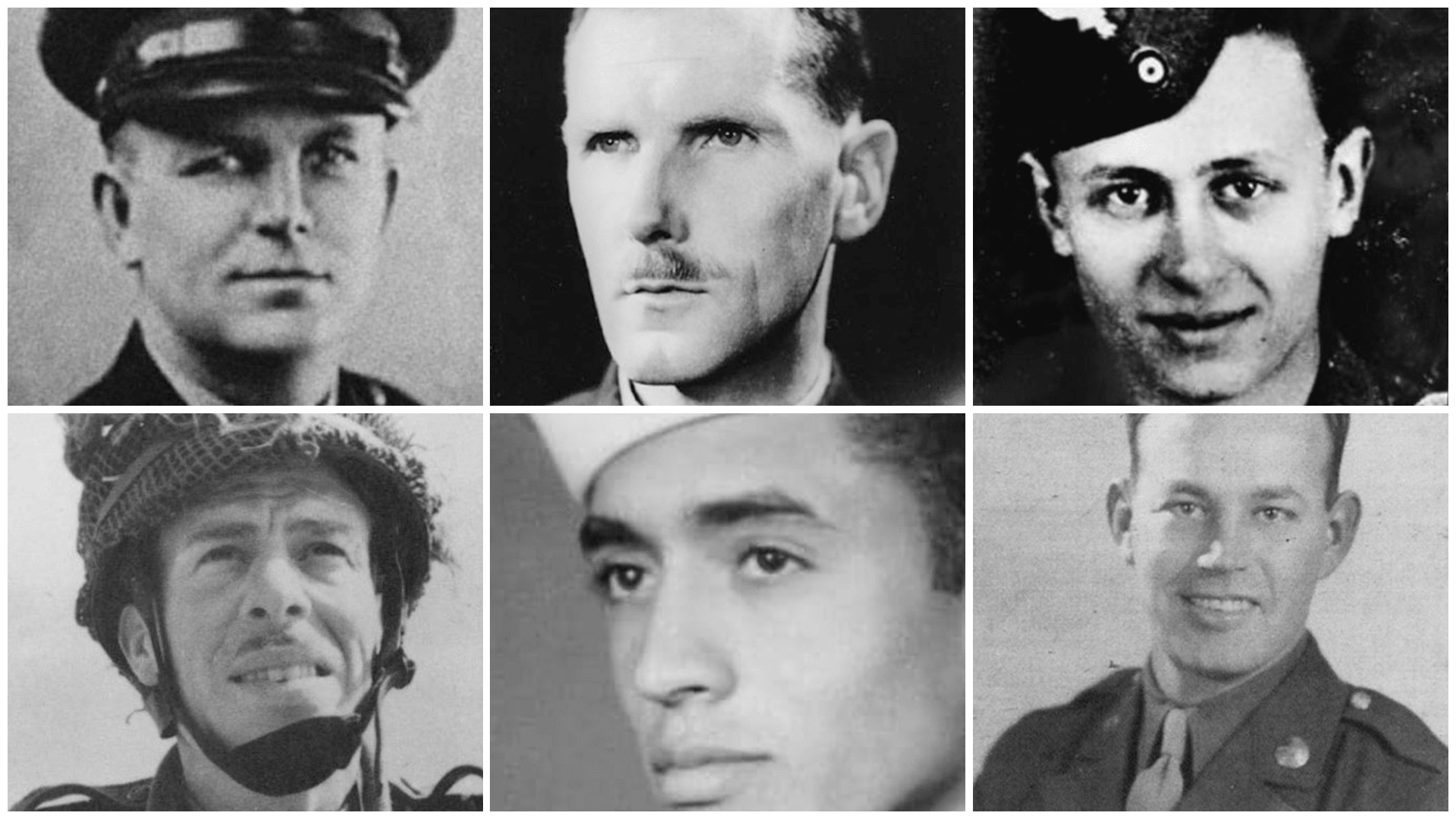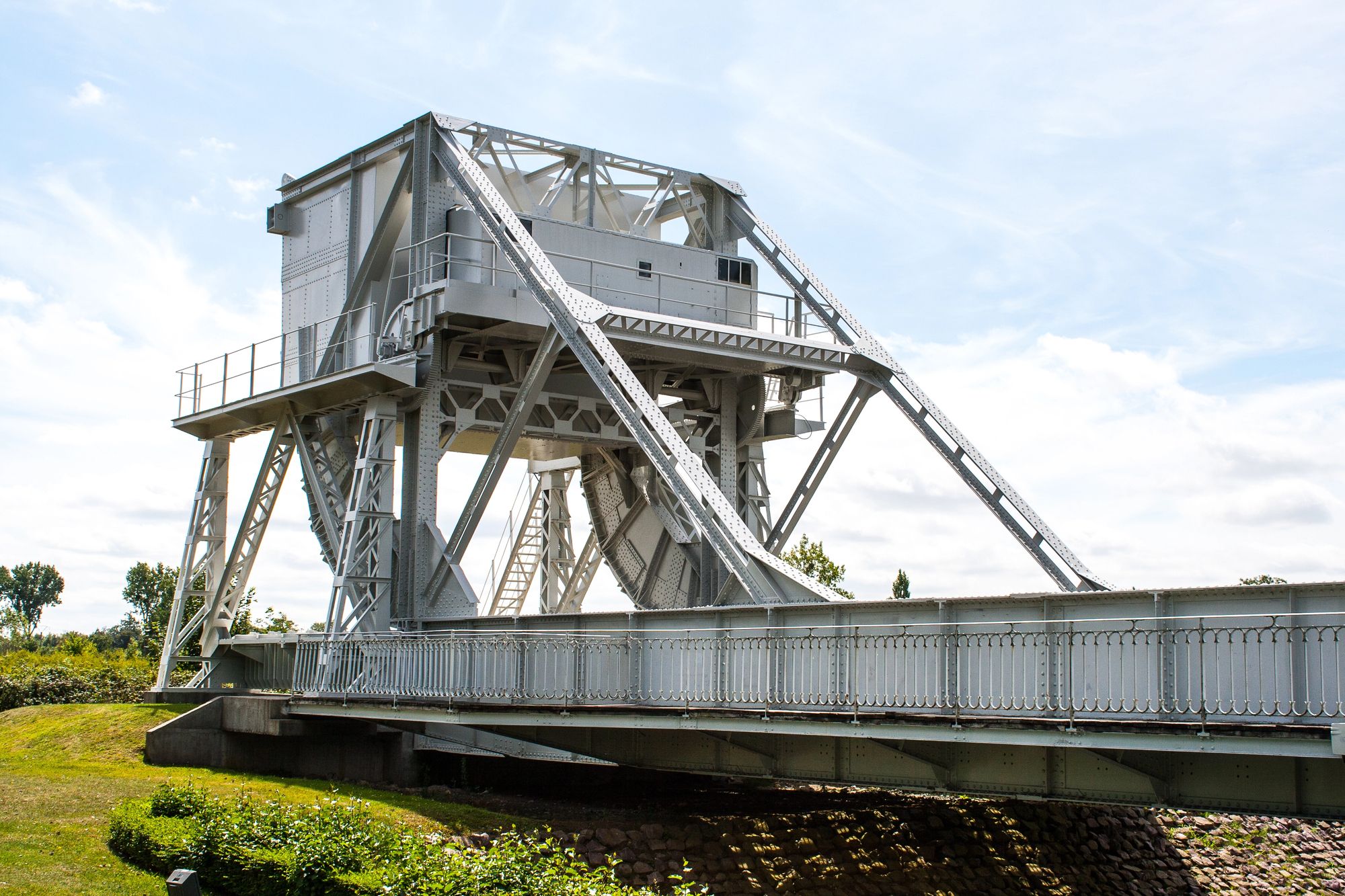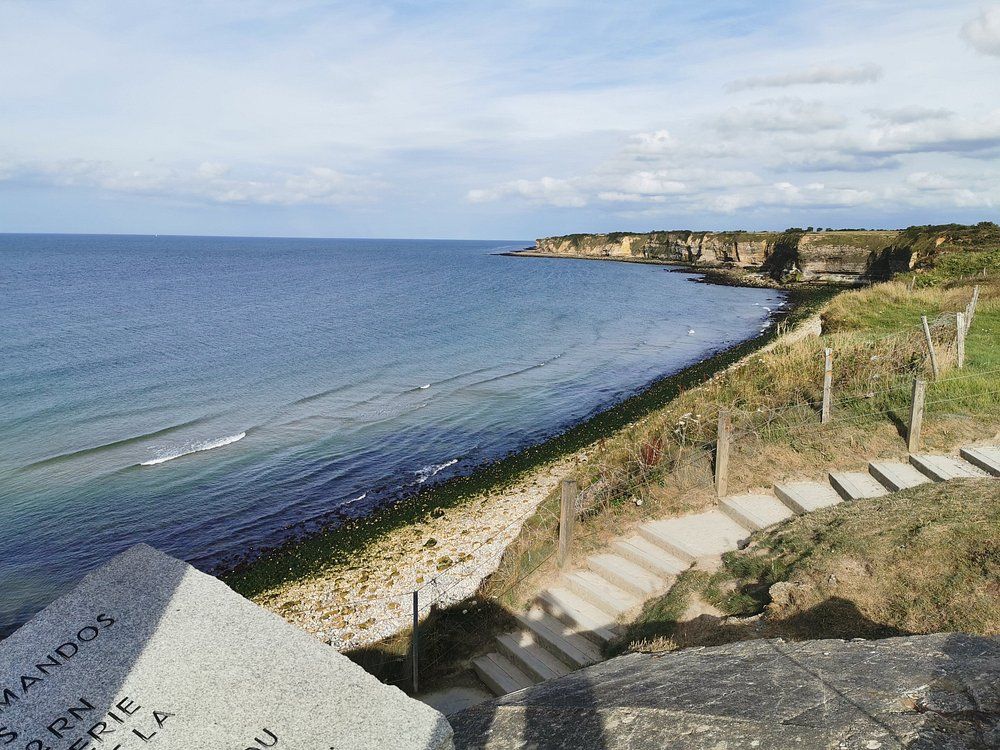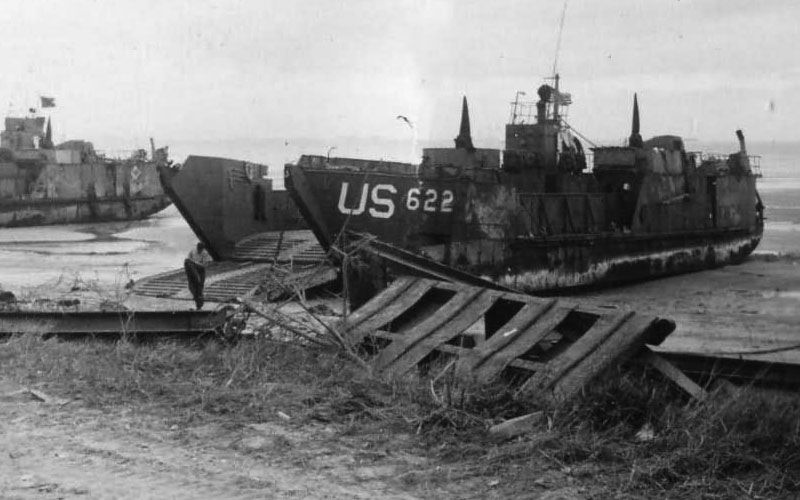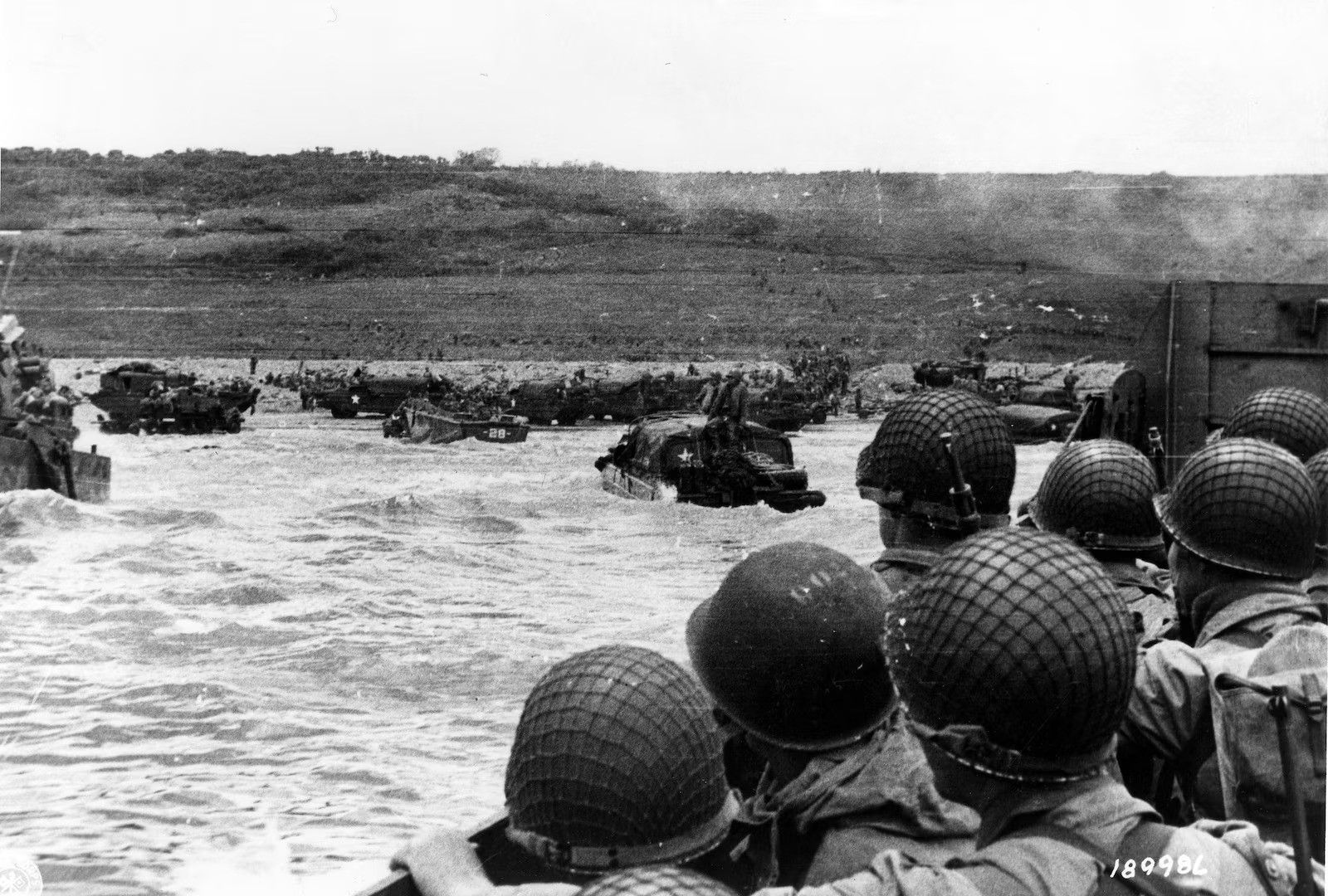Percy Hobart was an interesting character. Born in British India towards the end of the 19th Century, Hobart fought in France and Mesopotamia (now Iraq) during the First World War, receiving the Distinguished Service Order (DSO) and Military Cross (MC) for his actions.
Envisaging that tank warfare would be a critical element in future conflicts Hobart requested a transfer to the Royal Tank Corps in 1923. Later as a Major-General he formed the Mobile Force (Egypt) in 1938 – later to become 7th Armored Division, known to many by their nickname and distinctive insignia as the “Desert Rats”.
In 1939 Major General Percy Hobart was sent into retirement by General Sir Archibald Wavell who was acting upon an unfavorable report of Hobart from another officer who had an axe to grind. He returned to Britain and an appeal against his dismissal was made to the King, but it was never put forward by the War Office. Hobart returned to his family and joined the Chipping Campden Home Guard as a Lance Corporal.
I am not at all impressed by the prejudices against him in certain quarters….The catalogue of General Hobart’s qualities and defects might almost exactly be attributed to any of the great commanders of British history…
- Winston Churchill, British Prime Minister
Winston Churchill was furious about Hobart’s situation and personally intervened in a letter to the Chief of Imperial General Staff in October 1940. Hobart re-enlisted into the Army in 1941 and was assigned to train the 11th Armored Division, but his detractors persisted and in October 1942 he was re-assigned to raise and train the new 79th Armored Division in Yorkshire. The following April, all special assault tank and engineer units were collected under Hobart and the Division relocated to Suffolk, except the 35th Tank Brigade which moved to Cumberland.
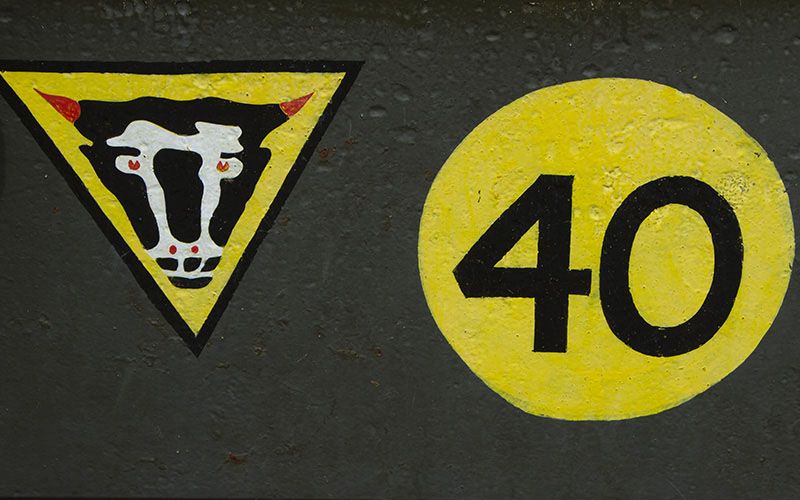
He was tasked with developing a series of modified equipment to address the lessons learned from the disastrous raid on Dieppe in 1942. The hardened defenses and beach obstacles of Hitler’s “Atlantic Wall” would need to be breached and difficulties posted by natural elements – such as soft sand and shingle – would need to be tackled.
Hobart and his team at the 79th Armored Division were able to take existing designs and improve them, as well as develop entirely new equipment. Collectively, the various ungainly-looking armored vehicles would come to be known as “Hobart’s Funnies”.
The majority of the designs were based upon modified versions of the American M4 Sherman and British Churchill tanks. Although comparatively slow, the Churchill tank had good cross-country performance and heavy armor. The Sherman had excellent mechanical reliability and was in plentiful supply. In some roles Valentine, Grant, Centaur and Ram tanks would also be used.
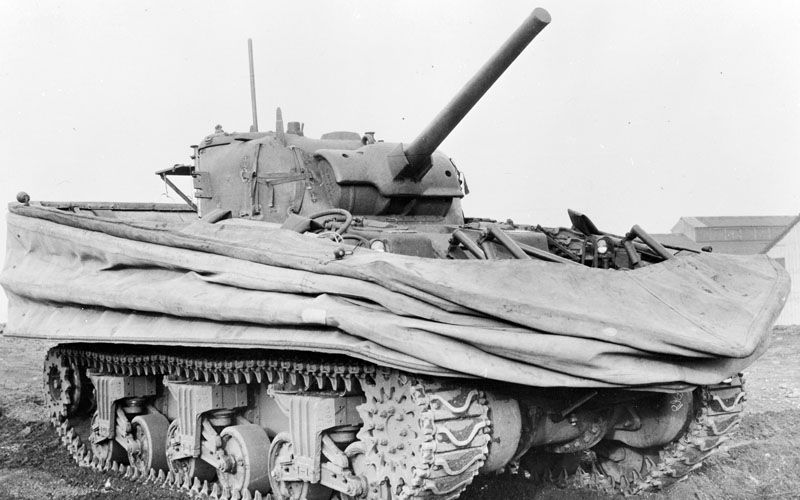
Many of the ideas had already been tried, tested or were in experimental development both by Britain and other nations. A modified Matilda tank known as the Scorpion had already employed a flail mechanism for clearing minefields during the North African, and a Soviet T-34 tank had been equipped with mine-rollers. Close-support tanks, fascine carriers and bridge-layers had been developed elsewhere as well. However, the “Funnies” of the 79th Armored Division were the largest and most elaborate collection of engineering vehicles in existence at that time.
“Crocodile” was the name given to the Churchill tank designed as part physical and part psychological weapon. There had been experiments with mounting flamethrowers on British vehicles earlier in the war, and one design fitted to a Churchill Mark II that had been developed by a Royal Tank Regiment officer was used during the raid on Dieppe Raid in 1942. Other trials had been carried out using Valentine tanks. General Hobart saw a demonstration in 1943 and pressured the Ministry of Supply to produce a development plan.
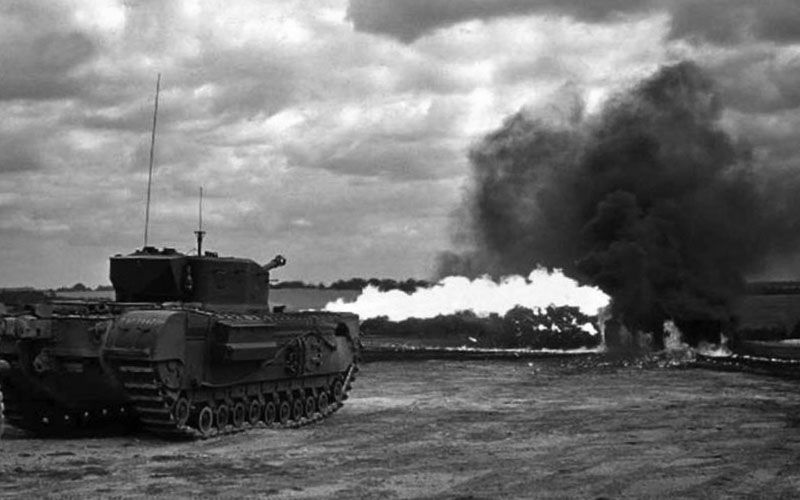
In place of the hull machine gun, the “Crocodile” was fitted with a flame-thrower that had a range of over 100 meters – much greater than any man-portable devices. It towed an armored trailer which, when full, carried 1,800 liters of fuel for the weapon, along with the nitrogen propellant required – enough for 80 one-second bursts. The trailer itself was connected to the tank using an armored coupling that, if required, could be jettisoned from inside the tank.
The flame-throwing equipment itself was developed in kit form. Army workshops could fit the device in the field to any available Churchill Mk VII tank. The conversion kit consisted of the trailer, an armored pipe which was fitted along the underside of the tank, and the projector, which replaced the hull mounted Besa machine gun. The Crocodile was therefore still able to function as a regular gun tank with its standard turret mounted 75 mm gun. As well as the physiological effects, the “Crocodile” proved extremely effective at clearing German bunkers, trenches and other fortifications.
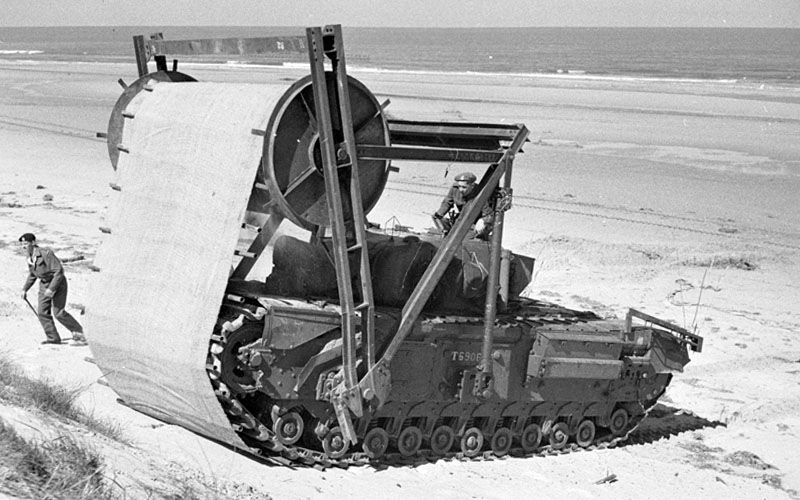
The AVRE, or Armored Vehicle Royal Engineers, was the term given to a range of Churchill tanks that were developed in a number of different guises. The vehicles became mobile platforms for a variety of engineering purposes, including mine clearance, mounts for large-caliber weapons and a variety of deployable roadways and bridges.
The Churchill “Petard” required the tank’s main gun to be replaced with a 290mm spigot mortar. Designed to breach substantial structures such as sea walls, bunkers and pillboxes, the mortar fired an18kg high explosive projectiles known as a “flying dustbin” due to its size and shape. The mortar had to be reloaded externally by one of the crew of Royal Engineers. It had a range of over 130 meters, but was most effective from around 70 meters. Ten rounds might be needed to breach a 6ft-thick concrete wall.
The “Double Onion” was designed for a similar purpose. At the front of the tank was a metal frame that could deploy two large demolition charges at heights of up to 12ft against concrete walls. The tank would then reverse, paying out up to 100ft of detonating cable as it went. At a safe distance the charges would be triggered by the tank’s crew. Another variant could deploy VEB or “Vehicle Emplaced Bangalore torpedo” for breaching sections of barbed wire.
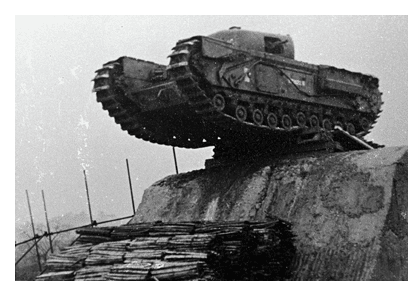
Ditches, trenches, walls and other obstacles also needed to be tackled in different ways – and several other Churchill variants were developed for these tasks. The “Ark” or “Armored Ramp Carrier” was a turretless Churchill that had hinged ramps at both ends. It could be driven into a gap or up against a sea wall allowing other vehicles to literally drive across the top of it. The Ark was designed to be expendable, at least in the short term. Once it had been driven into place it could remain until a more permanent crossing was in place. Deeper gaps could be filled by using two Arks with one vehicle atop the other, whilst wider crossings such as shallow rivers could be bridged by placing a row of Arks end to end.
Other gaps and obstacles could be tackled using two AVRE designs. The Churchill “Fascine” carried a bundle of wooden poles or rough brushwood lashed together with wires. The bundles were each around 8 feet in diameter and roughly 12 feet wide, weighing in at approximately 4 tons. Metal pipes could be placed in the center of a bundle to act a as a culvert. One bundle was carried on the hull deck at the front of the tank. It could be released to fill a ditch or serve a platform. Multiple fascines could be used to fill larger ditches. Although the Churchill could only carry one fascine bundle ready for deployment, additional bundles could be towed on a trailer.
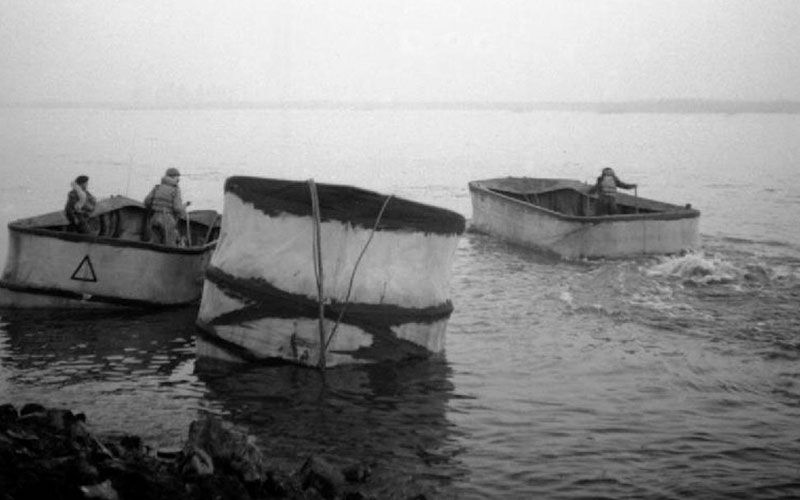
The fascine-carrying AVRE would sometimes be fitted to Churchills with the Petard spigot mortar, and sometimes to tanks with the conventional main gun. It was also possible for the Ark to carry and deploy a fascine.
Another AVRE used for crossing voids or for ramping against obstructions like sea walls was the “SBG” of “Small Box Girder” – an assault bridge that was carried at the front of the tank and used to span up to a 30-foot gap, supporting up to 40 tons in weight. The bridge could be deployed without engineers having to expose themselves to enemy fire. Once deployed, the tank could continue to be used in other roles.
Some of the clandestine operations in the preparations for Operation Overlord involved landing commandos on the potential landing beaches to take samples of the sand. Some of the beaches were found to have patches of soft blue clay which would not support the weight of a tank. The Churchill “Bobbin”, or carpet layer, was the devised as the solution to this problem.
Mounted on the front of an AVRE Churchill, a 10-foot wide reel of matting was spooled out onto the ground beneath the tank forming a roadway for both itself and the vehicles that would follow. Originally the mats were made of hessian, but durability issues resulted in the change to canvas cloth reinforced with steel poles.
Once past the problem terrain, the carpet-laying frame and empty bobbin could be removed and the tank could revert to other support roles using its petard mortar and other weapons.
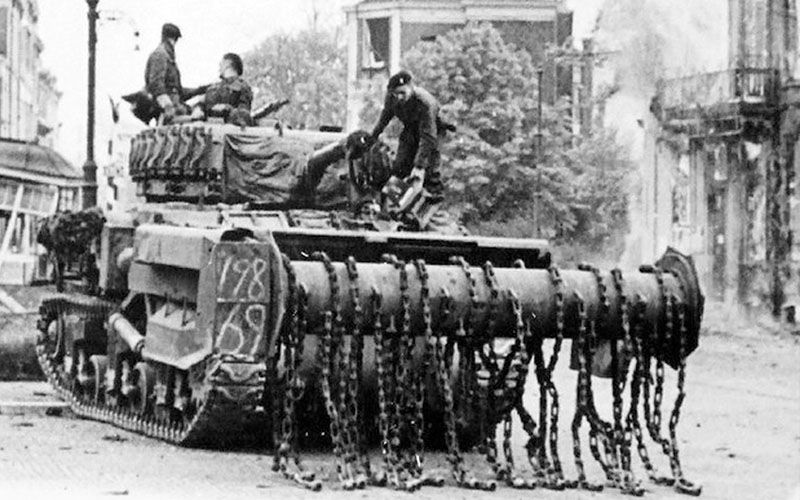
One of the most important roles for Hobart’s Funnies was clearing paths through minefields. A mine flail is a vehicle-mounted device that makes a safe path through a mine-field by deliberately detonating land mines. First developed during the North African campaign using the Matilda tank, the idea was developed further by the 79th Armored Division in the form of the Sherman “Crab”.
The mine flail consists of around 40 heavy chains with fist-sized steel balls (flails) at the end. These are attached to a horizontal drum mounted on two arms ahead of the vehicle. Connected to an extra gearbox and driven off the main engine, the drum rotates thrashing the ground with the chains with the intention of detonating land mines in its path. The Sherman Crab was also particularly effective at clearing a path through sections of barbed wire.
Perhaps the most well-known of the vehicles to be developed by Hobart’s Division was the swimming Sherman tank known as the DD, or Duplex Drive (also known as Donald Duck by troops). The DD’s worked by erecting a ‘flotation screen’ around the tank, which enabled it to displace enough water to stay remain buoyant. It had twin propellers which were powered by the tank’s engine to drive it through the water.
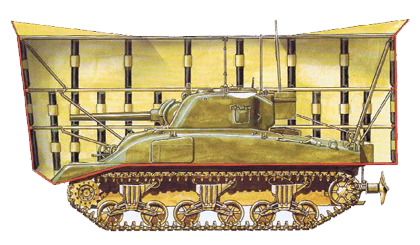
The idea of amphibious tanks had been around since the end of the First World War, and some less-than-practical designs using large floats were trialed. However, in 1941, a redundant Tetrarch light tank was fitted with a flotation screen and trialed in Brent Reservoir in north London and witnessed by General Sir Alan Brooke, at the time General Officer-in-Command Home Forces. Co-incidentally, the same reservoir had been the location for trials of the floating version of the Mark IX tank in 1918. The Tetrarch tank was taken to Portsmouth and satisfactorily completed some sea trials in the harbor.
In May of 1942 a prototype of a Duplex Drive Valentine tank began trials, and in June permission was given by the Ministry of Supply for the manufacture of 450 Valentine DDs. The Valentine DDs did not see action, but were used for training with the majority of the American, British and Canadian DD crews performing their preliminary training with them.
Special training areas had to be found. DD sea trials were first carried out in the Kyles of Bute, a narrow sea channel that separates the northern end of the Isle of Bute from the Cowal peninsula, off Western Scotland. Later trials took place at Barafundle Bay in South Wales and finally in a special area at Stokes Bay, near Gosport. The technical trials and preliminary training took place at a secret lake and in specially built cisterns in Norfolk.
It became clear that the Sherman was more suitable platform for the floatation screen approach, and by April 1943 the screen had been adapted. The Sherman was a more modern and superior tank to the Valentine in general, but more importantly it could move through the water with its main gun facing forward and ready to fire as soon as it beached.
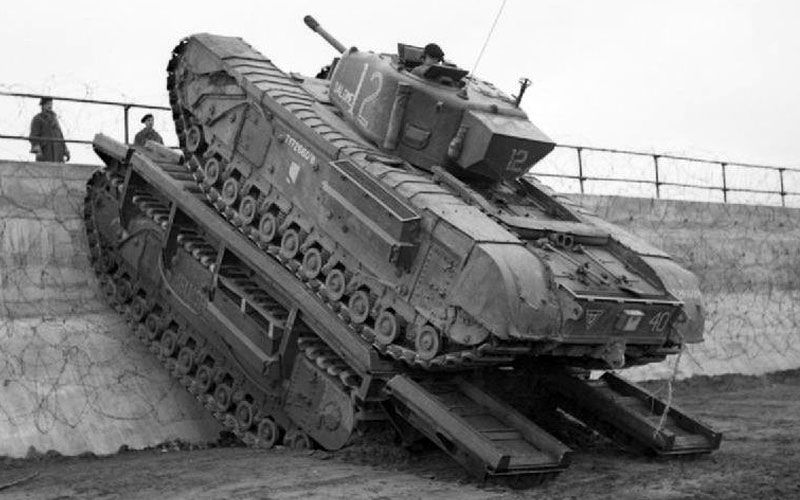
The base of the canvas flotation screen was attached to a horizontal mild steel boat-shaped platform welded to the tank’s hull. The screen was supported by horizontal metal hoops and by 36 vertical rubber tubes. A system of compressed air bottles and pipes inflated the rubber tubes to give the curtain rigidity. The screen could be erected in fifteen minutes and quickly collapsed once the tank reached the shore. The flotation system was designed to be expendable and it was expected that tank crews would remove the parts they could once ashore. Some units, however, retained the flotation equipment and their tanks were also used in later amphibious operations.
One problem presented by the Sherman was that the transmission was located at the front of the tank, and as such it was not possible to take a drive-shaft directly from the gearbox to the propellers. This was addressed by having sprocket wheels at the rear of the tank so power was delivered to the propellers by the tank’s tracks. Steering was achieved either by way of a tiller operated by the commander from a platform behind the turret, or by the driver using hydraulics to swivel the propellers. Both methods could also be used in combination.
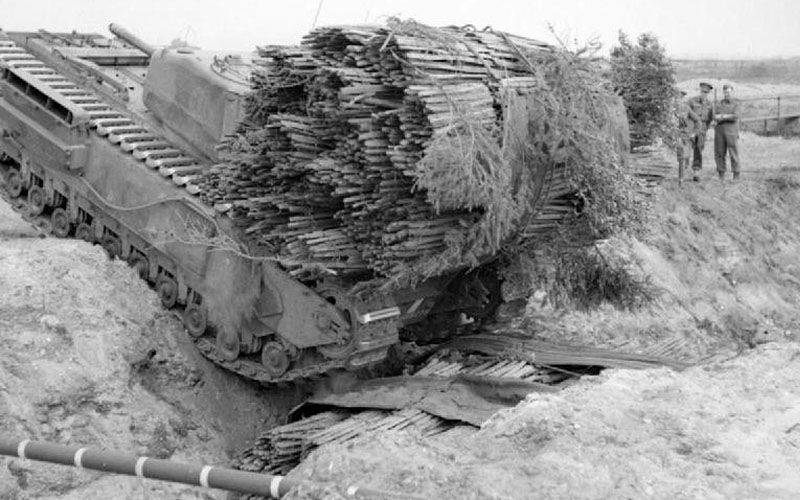
By early 1944, Hobart was able to demonstrate to Generals Eisenhower and Montgomery a brigade each of DD tanks, Crabs and AVRE engineer tanks along with a regiment of Crocodile flame-throwing tanks. General Montgomery believed that the US forces should use them as well as the British, and a third of the “Funnies” were offered to the Americans. General Eisenhower was in favor of American forces using the Duplex Drive amphibious tanks but left the decision on the other variants to General Omar Bradley commander of the US First Army.
None of the other designs were used. Partly it was believed that specialized training and an additional support organization would be required, whilst the Americans were also reluctant to make use of the Churchill-based models as they did not want the logistical complexity of supporting another type of tank.
The Division has been, and is, unique among all the Divisions of the Allied Armies.
- Field Marshall Bernard Montgomery, C-in-C 21 Army Group
The 79th Armored Division did not deploy as a single entity on D-Day but was attached to other units. At first, some difficulties were encountered in persuading infantry commanders to use the specialized armor to best effect. Specialist representatives were appointed to liaise with commanders, resoling many of the issues. The units of the 79th were distributed as short-term assets to a particular operation or battle.
Both British and American units used Duplex Drive tanks on D-Day, albeit with different degrees of success. At Omaha Beach, specifically, many tanks were lost after being launched into seas that were too rough. The low freeboard meant that many were swamped by the waves and sank. Although the majority of the crews were rescued the absence of their firepower to support the initial waves of troops proved costly.
By the end of the War some 7,000 vehicles were in service with Hobart’s Division, including many other types not discussed here.

